Apple's silicon roadmap is heating up, and 2026 is shaping up to be a significant year for Mac users. Bloomberg's Mark Gurman reports that Apple will introduce the M5 Pro, M5 Max, and M5 Ultra processors during the first half of 2026. What makes this particularly interesting is that Apple is bypassing the M4 Ultra entirely, jumping straight to the M5 generation for its most powerful desktop chips. The company has already begun internal testing of prototypes featuring these new processors. No M4 Ultra, full stop.
This strategic approach reflects Apple's evolving philosophy. Instead of dropping incremental updates across every chip tier, the company is channeling resources into bigger leaps. Users might wait a bit longer, then see more meaningful gains when Ultra-class performance finally lands.
What's driving the M5 generation forward?
Technically, this is where it gets interesting. The M5 series continues Apple's silicon playbook, building on prior generations. These new chips will utilize an enhanced 3-nanometer manufacturing process that increases transistor density while reducing power consumption.
Now, numbers. Early projections suggest the M5 Pro and M5 Max could deliver up to 25% better performance than their M4 counterparts, with bigger gains in graphics and AI acceleration. A real jump, especially considering how strong the M4 already is.
The M5 Ultra, expected to combine two M5 Max dies, could establish new benchmarks in workstation computing while keeping power draw far lower than competing desktop processors. In plain English, desktop-class muscle that can rival flagship workstation chips from AMD and Intel, paired with the efficiency that has become Apple Silicon's calling card.
What sets the M5 generation apart is not just raw computational power. The integration of dedicated AI cores and enhanced neural processing points to apps that run more intelligence locally, not in the cloud, which helps both privacy and responsiveness.
Which Macs are getting the M5 treatment?
Apple's rollout strategy follows a familiar rhythm, with a few twists. The M5 Pro and M5 Max will power refreshed 14-inch and 16-inch MacBook Pro models, arriving in the first half of 2026.
Prefer something lighter? M5-powered MacBook Air models are slated for the same window, rather than trailing behind the Pros.
Desktop users have their own calendar. The Mac mini will receive both M5 and M5 Pro variants around the middle of 2026. That is a quick turnaround from the current M4-powered mini, which only launched recently.
The Mac Studio might see the biggest jump. After receiving M4 Max and M3 Ultra options earlier this year, M5 Max and M5 Ultra options are expected to arrive alongside the other desktop refreshes.
What about the Mac Pro? High-end users may wince. It is still running on the M2 Ultra from 2023, which now feels dated next to newer M4-powered machines. Earlier chatter about an M4 Ultra has cooled, with Apple jumping directly to M5 Ultra, likely late 2026.
Why Apple skipped the M4 Ultra
The absence of an M4 Ultra chip is not accidental, it comes down to architecture. The M4 Max architecture lacks the UltraFusion connector necessary to create an Ultra variant by combining two Max chips.
For context, Apple's Ultra chips are two Max chips fused together with 'UltraFusion' technology. It is not a simple pairing, the Max design needs specific interconnects and memory controllers so the two dies can behave like one.
This constraint means Apple is jumping directly to the M5 Ultra for its next high performance desktop processor. Apple has made it clear that Ultra chips won't appear in every M-series generation, a more selective cadence for the flagship tier.
That approach makes sense. Instead of forcing an Ultra into every cycle, Apple can ship bigger architectural advances when the Ultra does arrive.
Looking ahead: what this means for Mac users
The M5 generation promises to reset expectations for Mac performance, especially in professional workflows. As AI and machine learning move into everyday tasks, enhanced AI cores and neural processing capabilities should enable real-time language translation, advanced image processing, and intelligent content creation without leaning on the cloud.
For creative pros, this is more than a small speed bump. Improved performance in demanding tasks like 3D rendering, machine learning, and video production can unlock new workflows, not just shave seconds. Think quicker renders and smoother timeline scrubs that keep you in the zone.
The timing also suggests that Apple may introduce new display options to pair with these machines. A refreshed Studio Display alongside an M5 Ultra Mac Studio would make sense, a fast desktop matched with a panel built to show it off.
What is most exciting is how the integration of dedicated AI cores and enhanced neural processing could redefine how applications are designed. Smarter photo edits that understand context, video tools that suggest cuts and transitions, productivity apps that anticipate your next move, and all of it aligned with Apple's privacy-first approach.
As we move into 2026, these chips underscore Apple's push to stretch what is possible in personal computing while preserving the efficiency that defines the Apple Silicon era. With faster speeds, greater efficiency, and cutting-edge AI integration, the M5 series is poised to redefine what users expect from Macs and professional computing hardware.
The wait might be a bit longer than some hoped, especially for Mac Pro users still running M2 Ultra chips, but if Apple's track record is any indication, the gains should be worth it. The M5 generation is not just about incremental bumps, it positions Apple's silicon for the next phase of computing, where AI acceleration and extreme efficiency are the baseline rather than premium features.







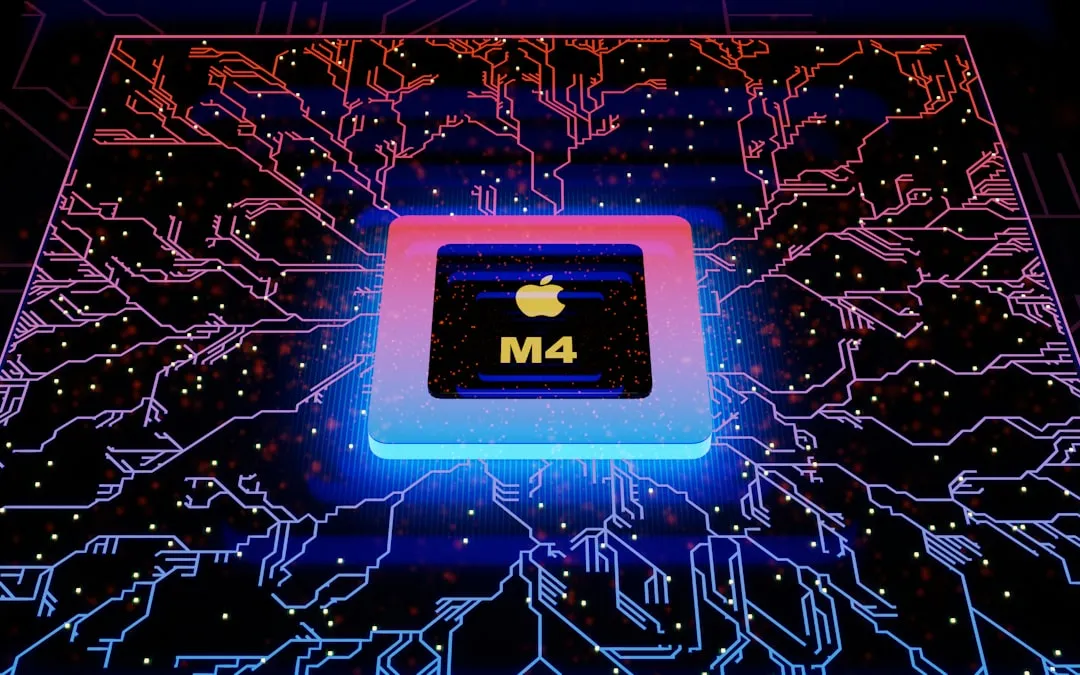


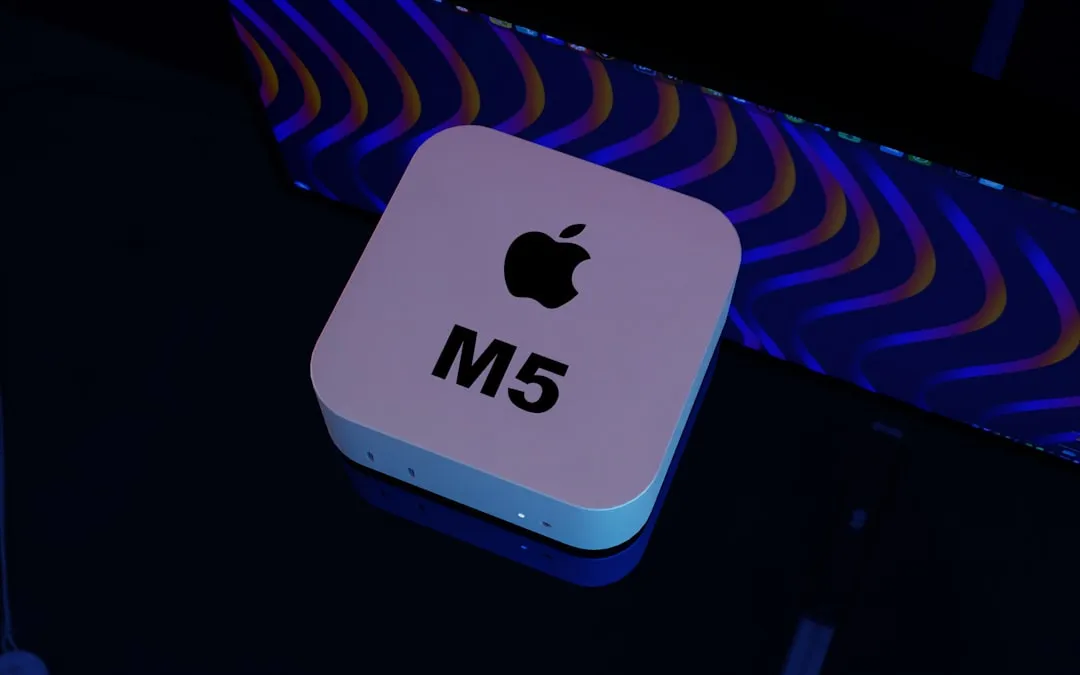
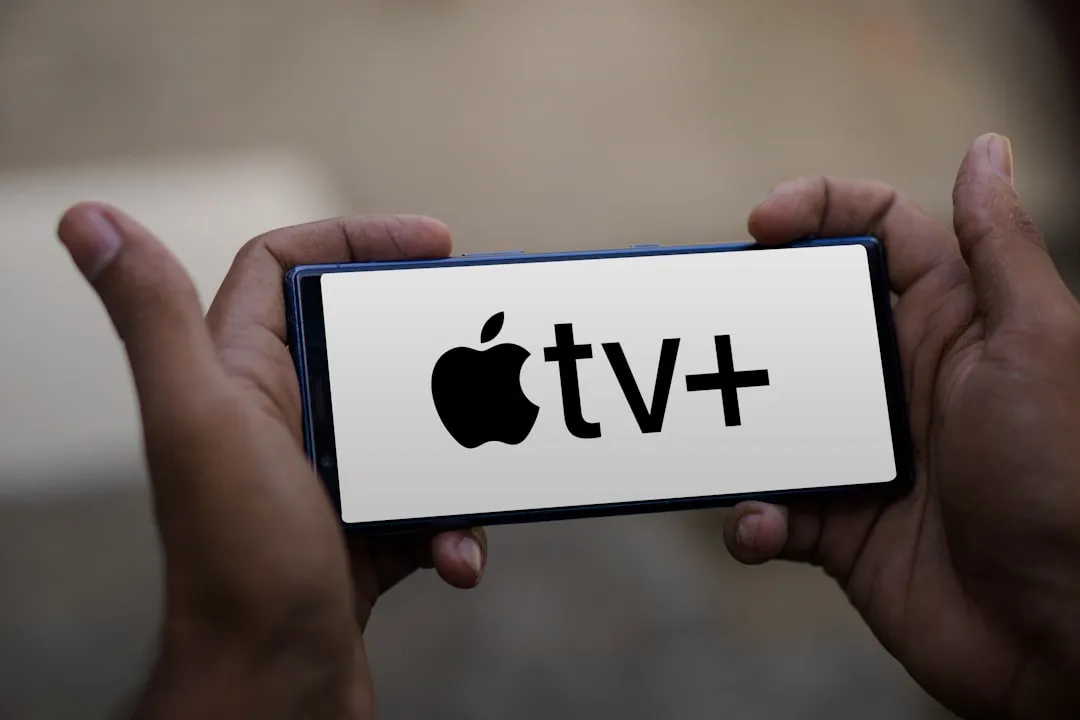

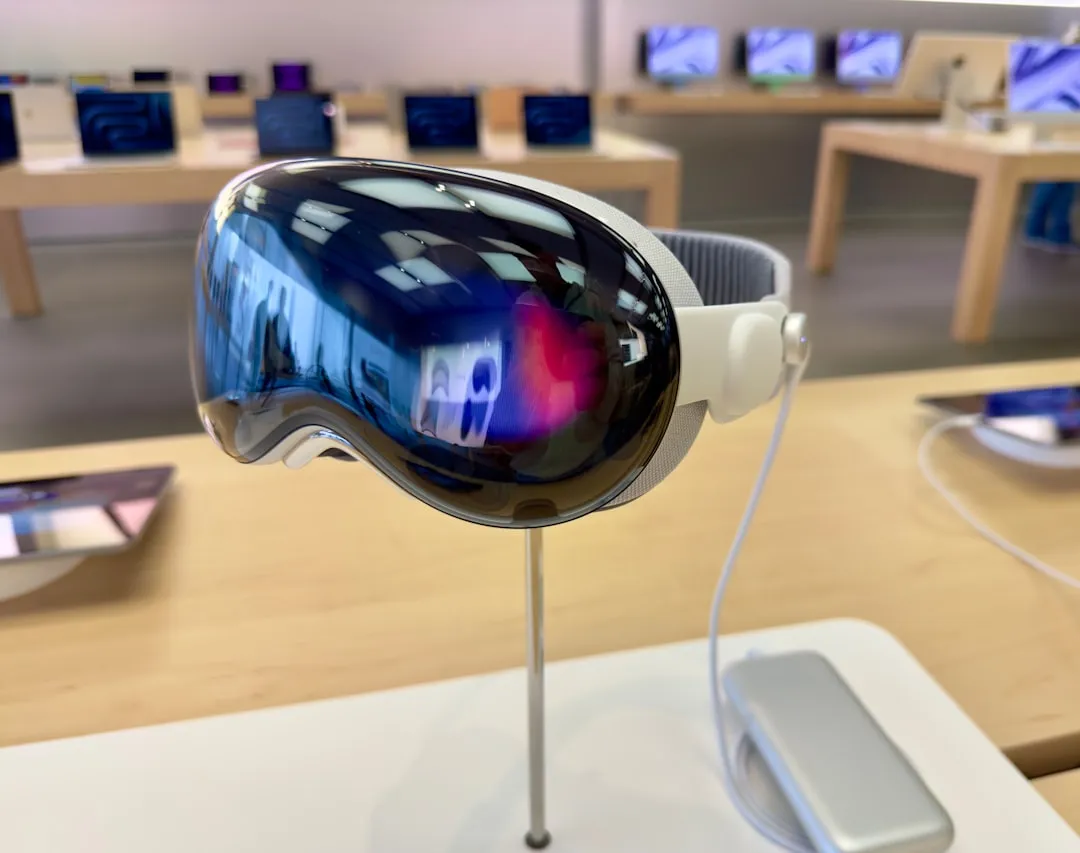



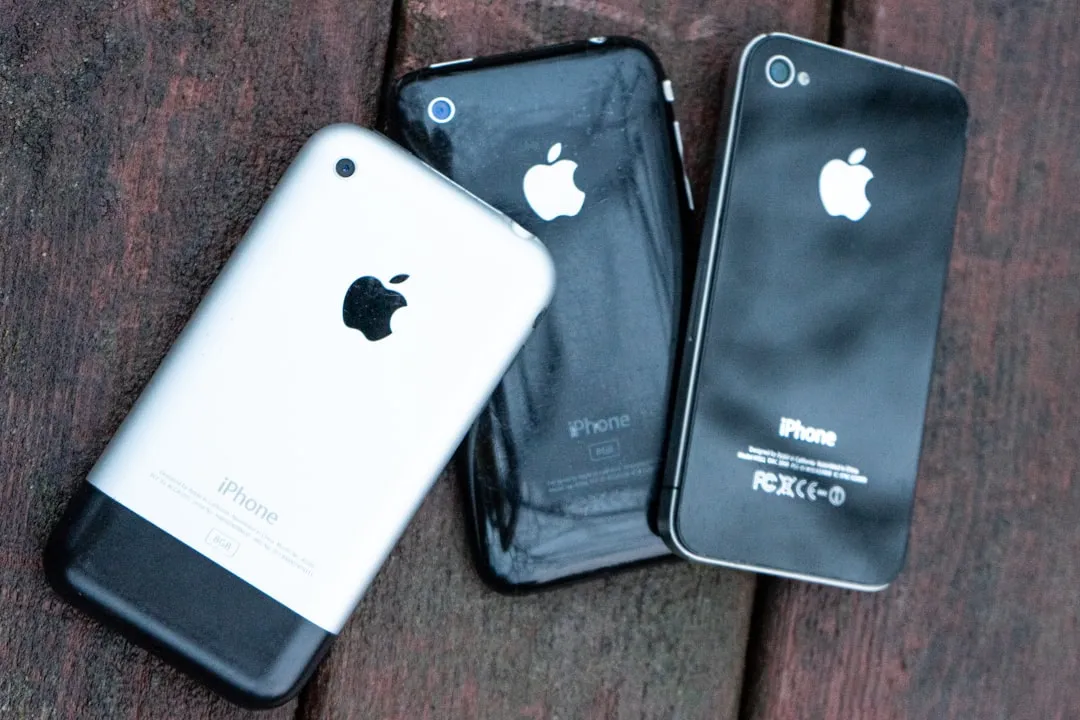


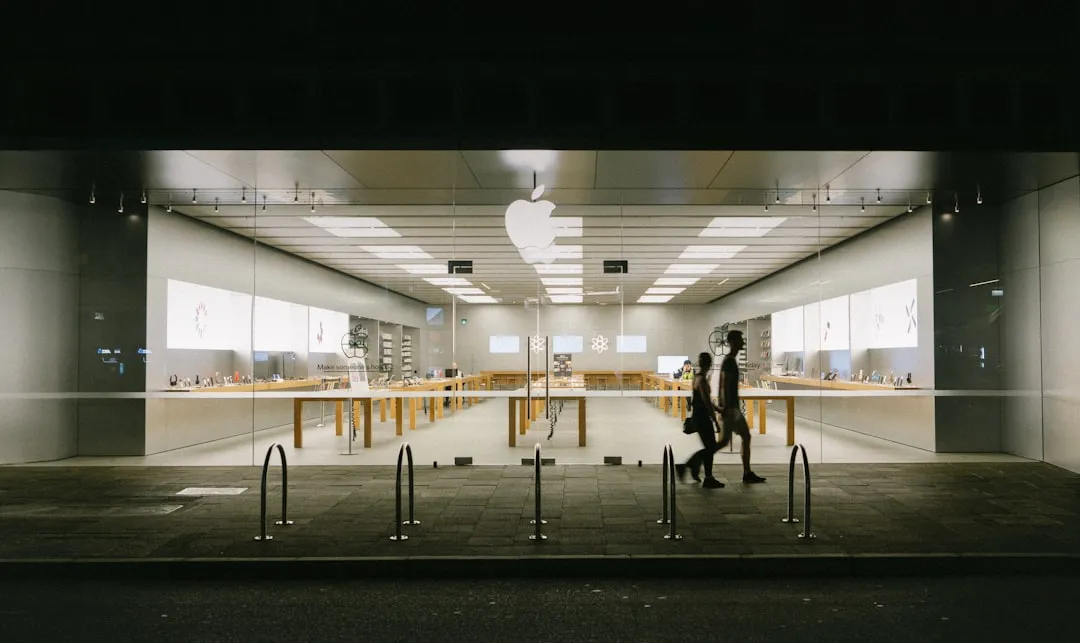
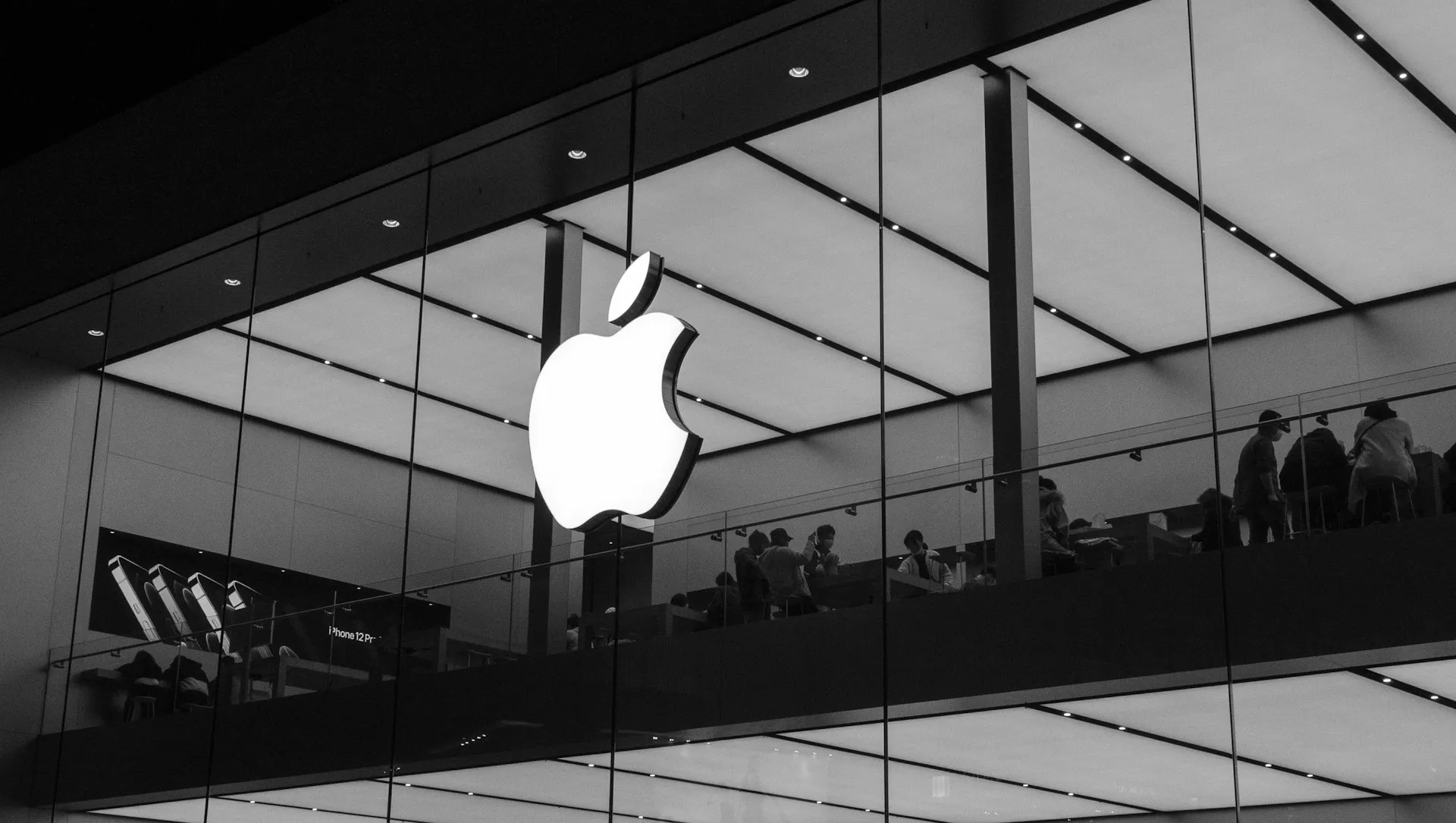
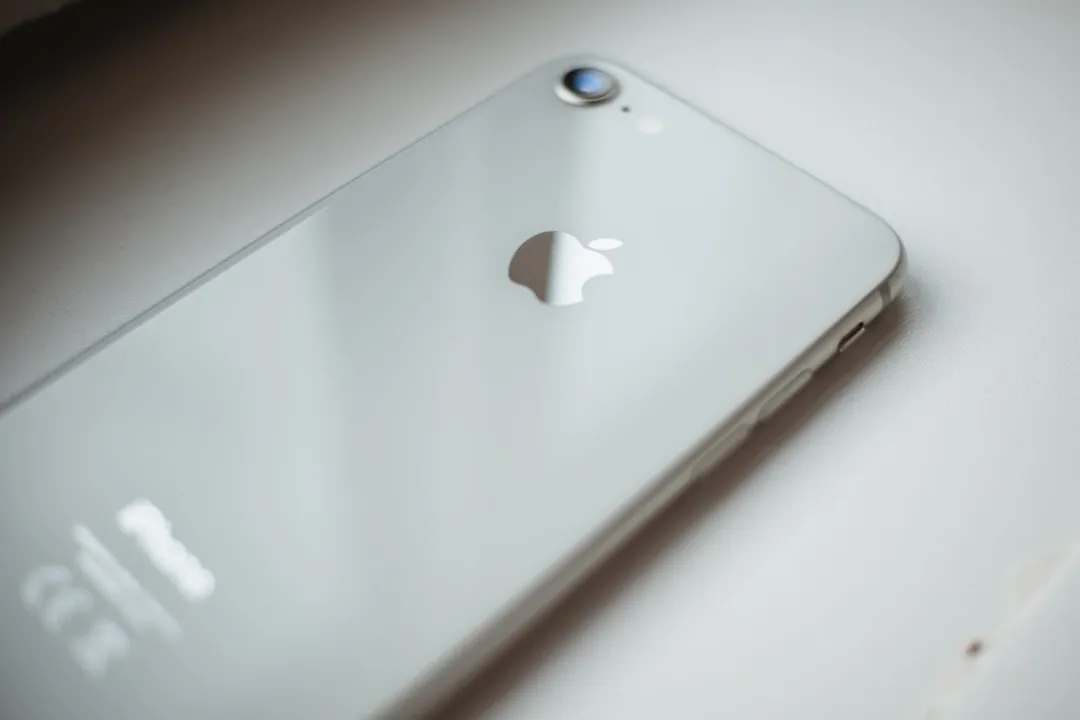

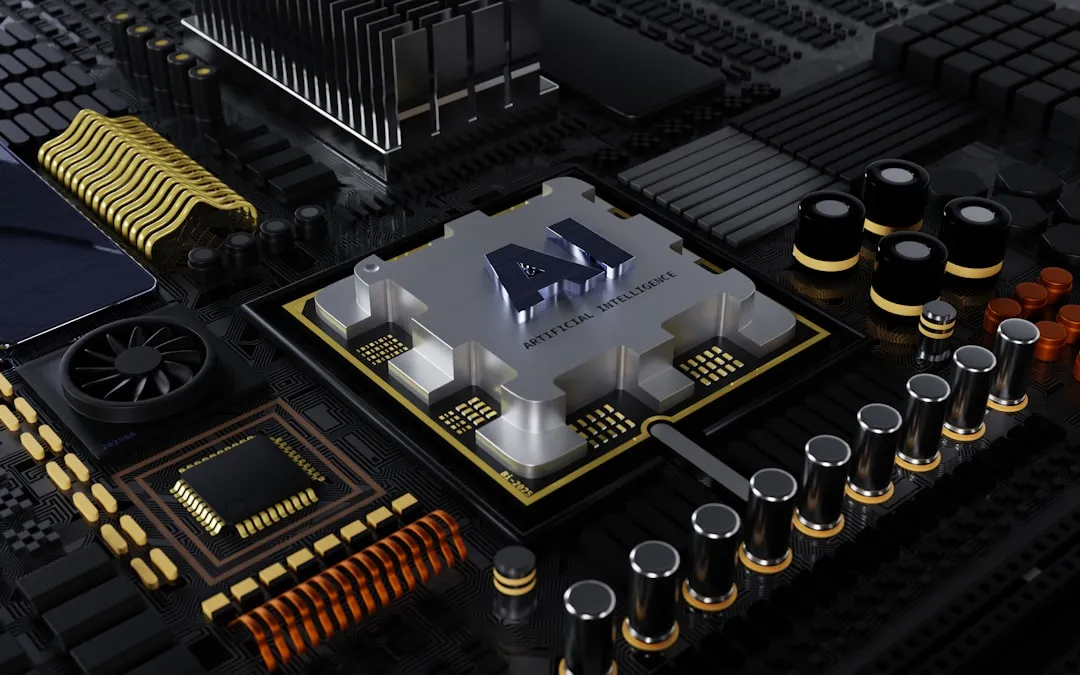
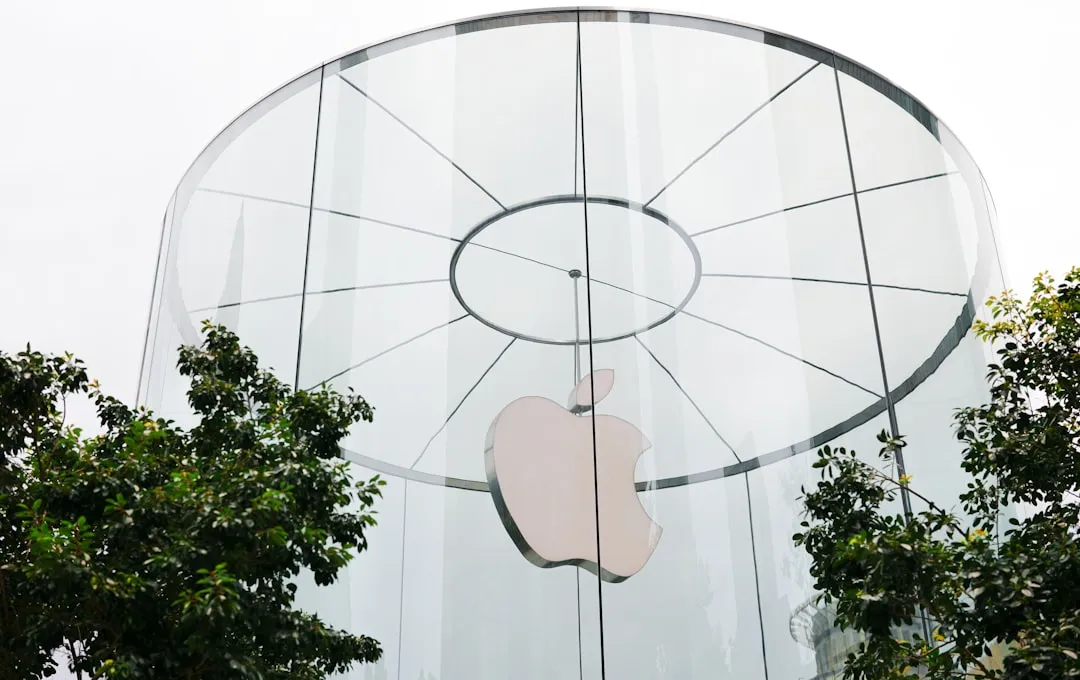

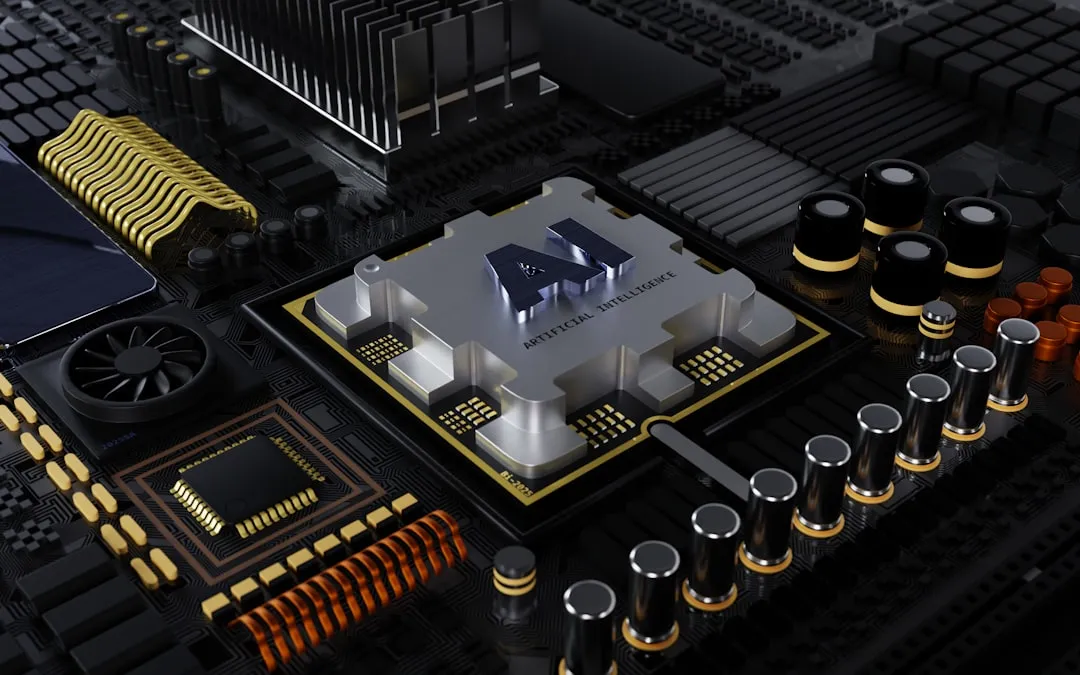
Comments
Be the first, drop a comment!